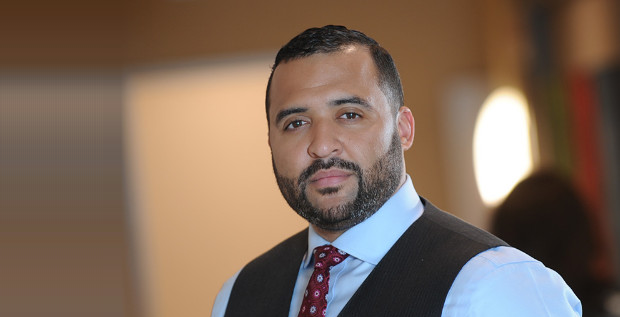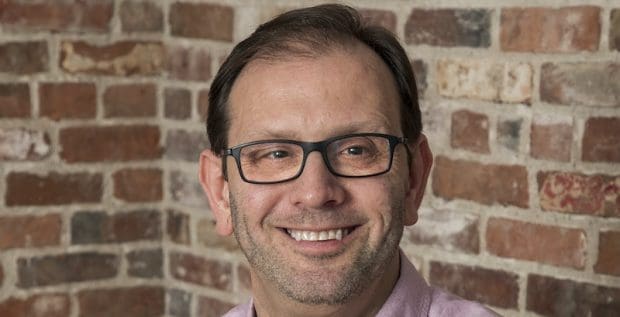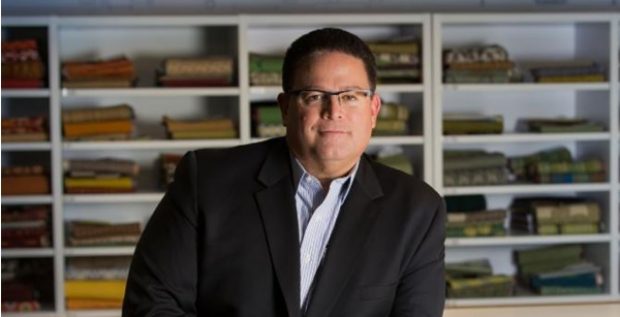Adam Gross is a principal at Ayers Saint Gross (ASG) Architects and Planners. ASG is a 160-person architectural firm headquartered in Baltimore, Maryland with offices in Washington and Phoenix, Arizona. ASG’s roots extend over one hundred years to 1912 and the birth of forebear firm Sill, Buckler & Fenhagen. Since its relaunch in the 1980s, the firm has won widespread acclaim and honors for its work in architecture, graphic design, interiors, landscape architecture, as well as organizational and urban planning. The ASG team emphasizes critical and analytical discourse around topics such as education and sustainability, and is currently ranked 33 out of the Top 100 Green Design Firms by Engineering News Record.
Q. Can you track the birth of Ayers Saint Gross from what it was before? How was the modern identity developed?
ADAM GROSS: Through the early 80s our firm’s work was divided between a lot of work for the city and state. When the city was building more buildings, we did the Baltimore Rowing Club, we were doing the Pratt Library, we did renovations and additions to the Baltimore Arena. [Former Maryland governor and Baltimore mayor] William Donald Schaefer was a great client of ours. About a third of our work was city and state, about a third of it was higher ed and education, and about a third of it was with developers. In the mid-to-late 80s, we went to University of Virginia, and my partner Jim Wheeler and I were standing on the lawn, and we said, ‘You know, we’re having trouble getting paid by some of these developers, the city work is waning… Wouldn’t it be great just to spend all of our careers working in this kind of an environment in higher education?’ So, we refocused the company’s efforts on higher ed and never looked back. It’s been a fantastic market for us to be in over the last 20-25 years.
Q. Which higher ed institutions do you work with now?
A. We’ve been very fortunate to be working for a lot of great colleges and universities in the US and abroad, both designing buildings—80% of our work is architecture designing a whole wide range of buildings for higher education—but our campus planning work is where we really are internationally competitive. We organize them around small, medium, large, and extra-large. We do a lot of work for small, residential liberal arts colleges. We’ve recently worked for Goucher, and MICA here in town, but also working all over the country. We do a lot of work at Eckerd College in Florida, working at Lebanon Valley College in Pennsylvania, Hobart and William Smith in Upstate New York. Then, the medium schools are those like Emory, University of Rochester, and University of Chicago. The largest are typically getting into places that are both public and private like University of Notre Dame. And then the extra larges are places like Arizona State where [University president] Michael Crow has a vision to grow that school to a hundred thousand students.
Q. What projects are you personally involved in at the moment?
A. People keep asking me if I’ve retired, but, no, I’m going to stick around for a while. I’m still very hands-on on the projects that I’m personally involved in. And they range all over the map. We’re doing work right now for Brown Advisory to figure how to expand their little internal campus and their building. We’re doing a lot for Michael Beatty, which has been a wonderful experience for us at Harbor Point, so I’m involved there. I’m spending about half my time in terms of project-related time working with Wexford Science & Technology—an amazing company, not as well known in their hometown as they should be. They’re headquartered here in Baltimore, but they’re known all over the US for the extraordinary work they do at the edge of campuses. The UMB BioPark here in Baltimore is an example of their work here, but we’re working with them in St. Louis and Providence, Rhode Island, for a combination. St. Louis is with WashU; Providence, Rhode Island is with Brown and University of Rhode Island; Indianapolis, with the University of Indiana. It’s been a fascinating and wonderful relationship with those guys.
Q. How do you ensure ASG stays competitive and at the top of its game?
A. Bit of evidence about the quality of our company is that three of my partners have been made fellows in the AIA, and I’m a fellow in the AIA, which is a pretty big deal. My partner Luanne Greene is being made a fellow this year for her leadership and planning. My colleague Ed Coles was made a fellow. And then my partner Glenn Birx was made a fellow because of his leadership in technology, and he was really one of the leading voices in something called building information modeling or BIM. Glenn told us building information modeling was going to be the way of the future, and we all said, ‘No, you’re crazy, we’re going to continue to draw by hand, and we’re going to continue to do things the way we’ve always done them.’ And now, of course, we all congratulate him for having that foresight.
Q. Could you tell us more about how that technology operates?
A. If you were going to design this bottle [holds up water bottle to camera], in the old days, you would draw a plan of it, and you’d draw a section of it, and you’d draw an elevation of it. Now, you build the whole thing in a three-dimensional model. We use a software called Revit. You build the entire thing and then cut it to show different elements of it for the construction documents. That 3D modeling tool is an extraordinary new method that most all architects are now using, and it ties into 3D modeling, so we can now draw the building in a 3D model, and then we can send that to a 3D printer and print it, study it, move it around, and chop it in half. It’s an extraordinary new world in terms of 3D technology.




















